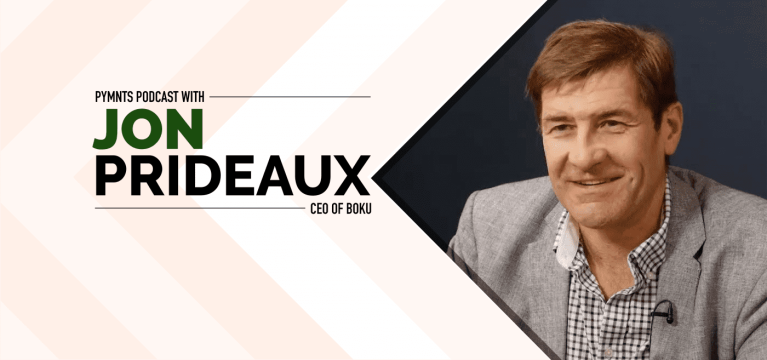Carrier Billing’s Coming Renaissance

Carrier billing has managed to establish a strong foothold worldwide — as it has been a popular way to buy digital content in Asia, Europe in the Middle East.
In the U.S. on the other hand, it never gained much traction past the early days of cellphone use and consumers tapping it to purchase ring tones for their phones. But carrier billing is evolving beyond its traditional one-off purchases as telecommunications firms (telcos) are thinking about how to leverage more than their billing capabilities.
Carrier billing in its original form offers consumers an easy, friction-free way to purchase digital goods without having to fumble with entering a 16-digit credit card number. Sellers also get access to a wider range of consumers who are ready to buy, while telcos enjoy an extra revenue stream. That makes it a big — and growing — business.
CEO Jon Prideaux of mobile payments platform Boku told Karen Webster in a recent discussion that Boku did about $5 billion in carrier billing services in 2019 and is past $2.6 billion less than halfway through 2020.
But Prideaux said carrier billing is expanding because it’s changing to include “carrier bundling,” a one-time sideline that’s quickly becoming the sector’s fastest-growing segment.
Traditional carrier billing allows consumers to make one-off purchases that telcos would add to a customer’s phone bill. But today, telcos and digital service providers are increasingly bundling digital goods directly into a consumer’s telecom subscription. An example that U.S. consumers will be most familiar with are phone plans that offer a free subscription to Apple Music, Disney+ or Netflix.
“The carriers are realizing that they’ve got many more assets than just their billing system for their customer base and their ability to promote service,” Prideaux said. “They can build a competitor channel to the app stores for distributing digital services.”
Prideaux said carriers can acquire new paying users more effectively than a typical app store placement does, which makes it an appealing expansion in markets worldwide, including the U.S.
Building Better (Carrier) Bundles
Prideaux said carrier bundling builds on the natural connection between telcos and digital content, given that most consumers access such content on devices that are connected to a telco’s service.
Moreover, he said carrier bundling allows telcos to leverage what they already excel at.
“It really offers a classic example of the things that telcos are characteristically really good at, like sending out complicated services across multiple channels,” Prideaux said. “And that’s really a facility that many other digital companies want to be able to take advantage of.”
Such moves reflect an evolving position among telcos about what their primary assets are. Prideaux said that if you asked a telco executive a few years ago what his or her company’s main assets were, you’d have been told about the firm’s expensive licenses or underground wiring.
But today, the answer would be about a firm’s customer base and its salesforce because that’s what telcos see as driving their firms’ future revenues. Prideaux said companies view building additional digital services directly into a telecom subscription as their role in market and are looking to capitalize on it.
There’s Plenty Of Expansion Still To Come
Prideaux said music and media streaming services are driving carrier bundling so far. He said that as media consumption becomes more and more decentralized and built around services like Disney+ and Netflix and less around cable TV, tie-ins with telcos become natural.
After all, there’s a heck of a lot of content out there looking for distribution just as telecoms are aiming to draw more revenue from their assets. That makes for a natural partnership.
“[The telcos] can create more value and therefore offer a better revenue share,” Prideaux said. “And the good thing from the merchant’s perspective is, very often, the total cost is going to be less than the cost they would pay to a conventional app store. And so, it offers a possibility for a win-win.”
As for what will come next, Prideaux said possibilities abound. Some telcos have gotten good at using their billing capacity for selling hardware like phones themselves, so it’s feasible they might offer an expansion of hardware bundling into phone plans.
Additionally, telcos continue to creatively broaden the types of content bundled into their plans. Prideaux said gaming offers one very fertile area of expansion, as does access to viewing live sports. He especially noted the big possibilities for sports in a post-pandemic world where stadiums remain closed and watching on your phone might be your only option.
All in all, carrier billing and carrier bundling are likely to see a future of steep growth in America and around the world because they provide what consumers want, Prideaux said.
“One of the things that is true about why this whole explosion is taking place [is] that we already knew that we needed to go through a billing revolution,” Prideaux said.